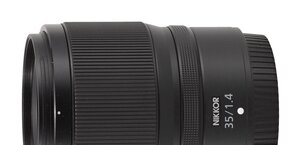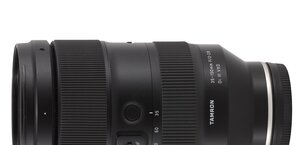Samyang 35 mm f/1.2 ED AS UMC CS
7. Coma, astigmatism and bokeh
| X-T2, f/1.2, center | X-T2, f/1.2, corner |

|

|
| X-T2, f/1.7, center | X-T2, f/1.7, corner |

|

|
Similar images can be observed not only during a studio photographic session but also outside, when you point the lens at the starry sky. Coma still makes itself felt and stars are deformed in frame corners but the level of these deformations can be still described as medium.
Please Support UsIf you enjoy our reviews and articles, and you want us to continue our work please, support our website by donating through PayPal. The funds are going to be used for paying our editorial team, renting servers, and equipping our testing studio; only that way we will be able to continue providing you interesting content for free. |
- - - - - - - - - - - - - - - - - - - - - - - - - - - - - - - - - - - - - - - - - - - - - - - -
| Fujifim X-T2, JPEG, f/1.4, corner of the frame 1:1 |
Astigmatism, understood as an average difference between horizontal and vertical MTF50 function values, reached 17.6%. It is a significant result. It’s clear that the astigmatism, next to spherical aberration, contributes significantly to the worsening of image near the maximum relative aperture.
When it comes to defocused circles of light their appearance is hardly perfect. First of all you can notice distinct concentric circles, most likely a result of using aspherical elements. There’s also noticeable truncation of circles in the frame corner caused by mechanical vignetting. Fortunately the outer rim is not bothersome almost at all.
| X-T2, f/1.2, center | X-T2, f/1.2, corner |

|

|
| X-T2, f/1.7, center | X-T2, f/1.7, corner |

|

|
| X-T2, f/2.4, center | X-T2, f/2.4, corner |

|

|






